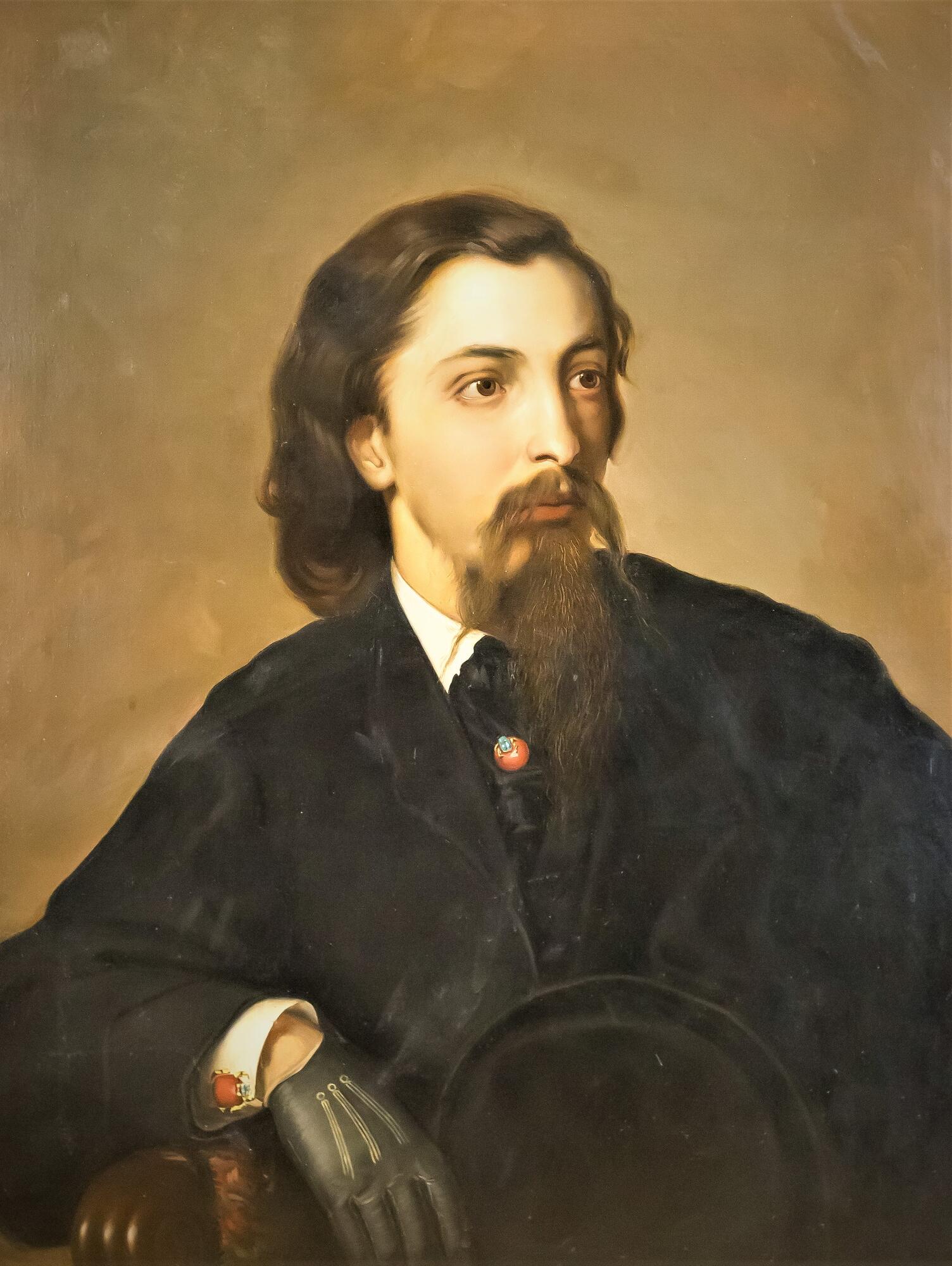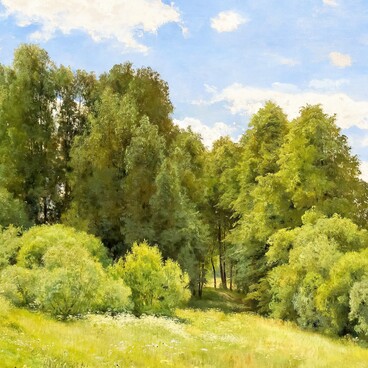‘Portrait of Andrey Fedorovich Likhachov’ is of particular importance to the exposition. It shows the art collector whose collection of paintings would later become an enormous contribution to the museum. Andrey Likhachov, an archeologist, ethnographer and local history expert, had a distinguished taste in art. Nowadays, due to his enthusiasm, the Kazan residents can come and see for themselves the works of Garofalo, Vinckboons, Lépicié and others.
After Likhachov’s death, his widow sold the collection of paintings to his brother Ivan, who then donated it to the city of Kazan. Tatarstan’s two largest museums — the National Museum of the Republic of Tatarstan and the State Museum of Fine Arts of Tatarstan Republic — started with paintings from this collection, which mainly consisted of the Western artwork of the 16th–19th centuries. The collection was diverse in genre, as well as in school of painting, and included Italian, French, Austrian, German, Flemish and Dutch paintings.
Likhachov’s portrait was painted on a small canvas. Despite its modest size, the painting conveys a truly impressive image: Andrey Likhachov is portrayed in a suit fit for a nobleman, with accessories proper for his status. He is reserved and nonchalant at the same time, while his posture and gestures reveal good breeding.
The portrait by Alexander Semyonov is considered a copy of the original by another artist — Pavel Roemer. Andrey Likhachov and Pavel Roemer had a long history of friendship: they kept up a correspondence, and Likhachov’s collection included the artist’s paintings. Unfortunately, the original portrait by Roemer was lost, so nowadays it is impossible to discuss the likeness of the portrait by Semyonov to the original.
Little is known about Alexander Semyonov himself. He came from a middle-class family in Buzuluk and was home-schooled. The first mention of his name in Kazan dates back to 1886: he participated in the Kazan crafts and agriculture exhibition, where he was recorded as the owner of an “art, icon, painting and portrait” workshop on Bolshaya Prolomnaya Street. In 1899, Semyonov was an art teacher at the Kazan Theological Seminary. Such little information can give no clue as to which works the artist’s legacy mainly consisted of, how often he created copies, and whether the portrait of Andrey Likhachov was typical of his personal painting style.
After Likhachov’s death, his widow sold the collection of paintings to his brother Ivan, who then donated it to the city of Kazan. Tatarstan’s two largest museums — the National Museum of the Republic of Tatarstan and the State Museum of Fine Arts of Tatarstan Republic — started with paintings from this collection, which mainly consisted of the Western artwork of the 16th–19th centuries. The collection was diverse in genre, as well as in school of painting, and included Italian, French, Austrian, German, Flemish and Dutch paintings.
Likhachov’s portrait was painted on a small canvas. Despite its modest size, the painting conveys a truly impressive image: Andrey Likhachov is portrayed in a suit fit for a nobleman, with accessories proper for his status. He is reserved and nonchalant at the same time, while his posture and gestures reveal good breeding.
The portrait by Alexander Semyonov is considered a copy of the original by another artist — Pavel Roemer. Andrey Likhachov and Pavel Roemer had a long history of friendship: they kept up a correspondence, and Likhachov’s collection included the artist’s paintings. Unfortunately, the original portrait by Roemer was lost, so nowadays it is impossible to discuss the likeness of the portrait by Semyonov to the original.
Little is known about Alexander Semyonov himself. He came from a middle-class family in Buzuluk and was home-schooled. The first mention of his name in Kazan dates back to 1886: he participated in the Kazan crafts and agriculture exhibition, where he was recorded as the owner of an “art, icon, painting and portrait” workshop on Bolshaya Prolomnaya Street. In 1899, Semyonov was an art teacher at the Kazan Theological Seminary. Such little information can give no clue as to which works the artist’s legacy mainly consisted of, how often he created copies, and whether the portrait of Andrey Likhachov was typical of his personal painting style.



